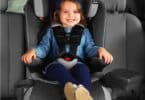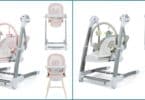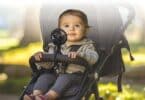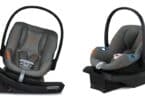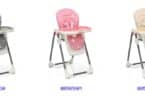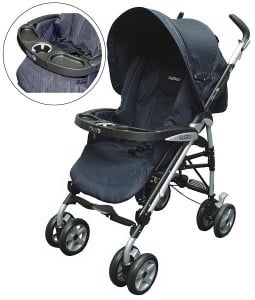
In October of 2010, Health Canada opted to issue a safety advisory to parents, reminding them not to leave children in strollers unattended, and that the safety restraints should always be used. This warning came after the Consumer Product Safety Commission and Graco issued a recall of about two million Graco strollers in the United States.
When issuing the warning, Health Canada cited an incident in 2006, in which an unrestrained sleeping infant had slipped down inside of a non-Peg Perego stroller. The infant’s head had become trapped within the stroller and it perished because of strangulation. Because the brand of the stroller had not been disclosed, and it was determined that the incident “was not attributed to product failure,” Health Canada felt that no corrective action would be needed.
Peg Perego Canada Inc.’s president, Tony Castellano, says that recalling Peg Perego brand strollers when there haven’t been any incidents reported in Canada is unfair, especially since the infant that died in the U.S. was sleeping, unattended in the stroller.
“That’s the ironic part…even though it was not the fault of the product, they wanted to make it the responsibility of the manufacturer…You don’t know how much I had to go through with Health Canada to convince them that if we do meet the standard, that if we did not get any report of any incident here in Canada, why should we push to have a recall,” Castellano said. “I told them my opinion: It’s fair to just put out a public advisory, just like they did 18 months ago with a competitor of mine. Why wouldn’t all Canadian distributors be treated all the same?”
Health Canada does have the power to recall the items if the distributor refuses, and they say that many factors go into determining whether or not a recall should be issued.
“There are always circumstances that dictate what course of action that you take,” said Tina Green, director general of Health Canada’s consumer product safety directorate. “For us, we’re always looking at what’s the nature of the hazard at play, how likely is it to occur. For us, as well, we do take into account: is the product still on the market, does the product have some level of longevity, is it likely to be passed from one family to another? As well, do we have really precise info to offer consumers?”
All of the recalled Peg Perego strollers were manufactured between 2004 and 2007, before the 2008 industry guideline changes that addressed the opening size between the stroller tray and seat bottom. Like the recall in the U.S., the company is offering free repair kits that will help prevent a baby’s head from becoming trapped between the seat and the tray. Parents should still be advised, however, that infants should still be strapped in and attended while sitting in the stroller.
Worth Noting: The recalled strollers met all Canadian regulations at that time and also meet the current regulations. Neither Health Canada nor Peg Perego has received any reports of Canadian fatalities or injuries related to the affected models.
Related Articles:
- FDA Warns About Using Benzocaine As Relief For Teething Babies
- Peg Perego Responds To Pliko P3 & Venezia Recall
- RECALL: 5,600 Kolcraft Contours Tandem Strollers Due to Fall and Choking Hazards

